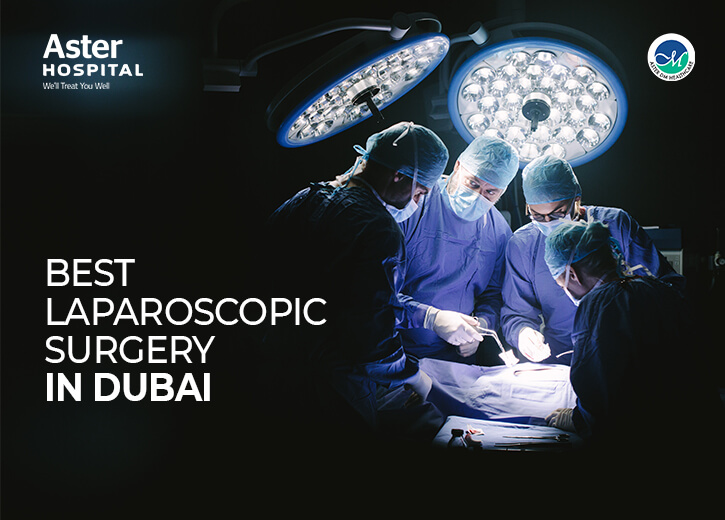Laparoscopy is a minimally invasive surgical, diagnostic procedure used to examine organs inside the abdomen. It is a low-risk procedure that requires small incisions. Hence, it is also called diagnostic or ‘keyhole’ laparoscopy.
The instrument used in the procedure, a laparoscope, is a long, thin tube fitted with intense light and a high-resolution camera. When it is inserted through the incision in the abdominal wall, it captures images as it moves along, which can be seen on a monitor in real-time.
This is yet another advantage of laparoscopy and why the best surgeons in Dubai stand by it. During the procedure, the doctor can also collect a biopsy sample if needed.
When is laparoscopy used?
A wide range of abdominal and pelvic conditions can be detected and diagnosed by employing laparoscopy. Apart from diagnostic purposes, the best laparoscopic surgery in Dubai can also be used as a legitimate surgical procedure and can help in removing a damaged or diseased organ or collecting a sample for the purpose of a biopsy.
Doctors can conduct laparoscopic surgery in Dubai for the following organs:
-
- appendix
-
- Gallbladder
-
- small intestine and large intestine (colon)
-
- stomach
-
- pancreas
-
- spleen
-
- pelvic or reproductive organs
-
- liver
When these areas are observed with laparoscopy, your doctor can detect:
-
- an abdominal mass or tumour
-
- fluid in the abdominal cavity
-
- liver disease
-
- the effectiveness of certain treatments
-
- The extent of a particular cancer’s progress
Laparoscopy is most commonly used in:
-
- gynaecology
-
- gastroenterology
-
- urology
How It’s done
The biggest difference between general and keyhole surgery is the size of the cuts made. Before laparoscopy, doctors always had to perform open surgeries on the patent’s stomach, making cuts as big as 6-12 inches. In laparoscopy, the surgeon makes several small cuts that aren’t more than half an inch long. Then he inserts the tube that carries a light and a camera into each incision. The tube, along with surgical instruments, relays real-time images to the doctor. Depending on what the surgeon is seeing, either a procedure can be performed then and there, or the next course of action can be decided.
Minor complications
Laparoscopy is a common practice because of its effectiveness and success rate, and complications are rare. Although some minor complications occur in 1 or 2 out of every 100 cases. These might include:
-
- infection
-
- feeling sick and vomiting
-
- minor bleeding and bruising around the incision
Serious complications
These are even rarer – 1 out of every 1,000 cases. They include:
-
- Organ damage, causing the loss of its function
-
- Damage to a major artery
-
- Complications due to the use of CO2 during the procedure
-
- A serious allergic reaction to the general anesthetic
-
- A blood clot that develops in a vein – usually in one of the legs. This is called deep vein thrombosis. The clot cancan breaks off and block the blood flow in one of the blood vessels in the lungs, causing a pulmonary embolism
If these complications occur, further surgery will be required to treat them.



